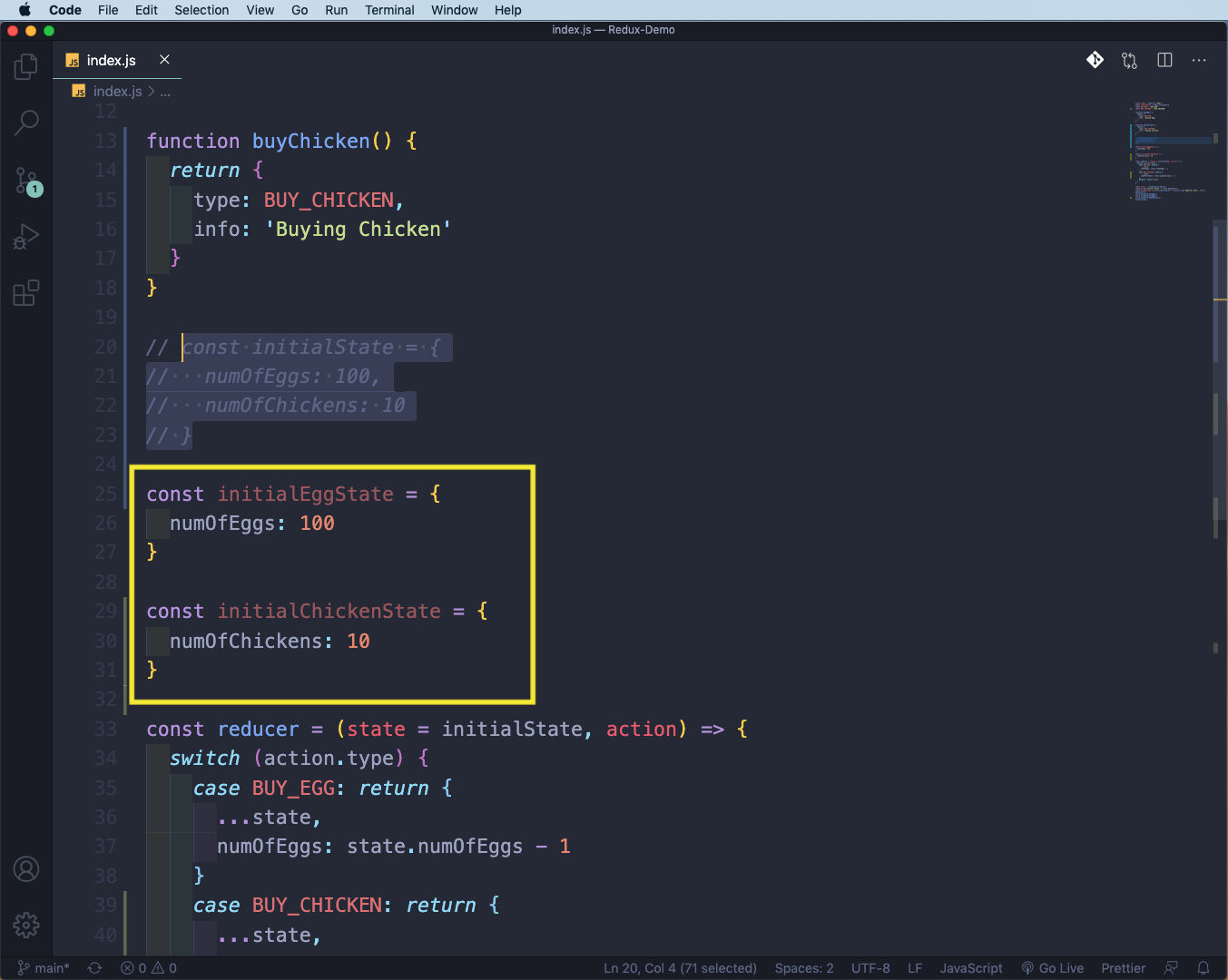

In part one of the course, we'll take an end-to-end approach to React. You will gain a detailed understanding of how you might use React in a real world setting. As you progress through this course, you will learn more about how React works, how you can use it to build complex web applications, and how to combine it with third-party libraries and frameworks to 'join the dots'.


In The Beginners Guide to Real World React you'll join me on a deep dive into core React concepts. It would be helpful to have an understanding of basic concepts around RESTful APIs and how to interact with them, but it's not essential. However, you should be familiar with the basics of frontend development, including HTML, CSS and JavaScript. You don't have to be a coding guru or have years of experience as this course is designed for beginners. On completion of The Beginner's Guide to Real World React, you'll not only have a knowledge of modern React development, but also the skills required to build real-world apps that talk to real data. Many tutorials only cover one aspect of these and don't bring them together in a realistic setting. It's key to understand both their concepts and how to approach them in React development. The problem is, these missing pieces are vital parts of any modern web application, as well as any realistic development scenario. Managing the "state" of your application's data at a higher level (i.e.Navigating around your app to different pages or areas.Connecting to an API or external data source and retrieving data to power your app.

React on its own is only one piece of the puzzle and it doesn't, out of the box, cater for some of the missing pieces of common frontend development. The Beginner's Guide to Real World React will teach you how to successfully build web applications with modern frontend techniques, using the ReactJS library. In this course you'll take a deep dive into core React concepts as you learn more about how React works, how you can use it to build complex web applications, and how to combine it with third-party libraries and frameworks to 'join the dots' and gain a detailed understanding of how you might use React in a real world setting.


 0 kommentar(er)
0 kommentar(er)
